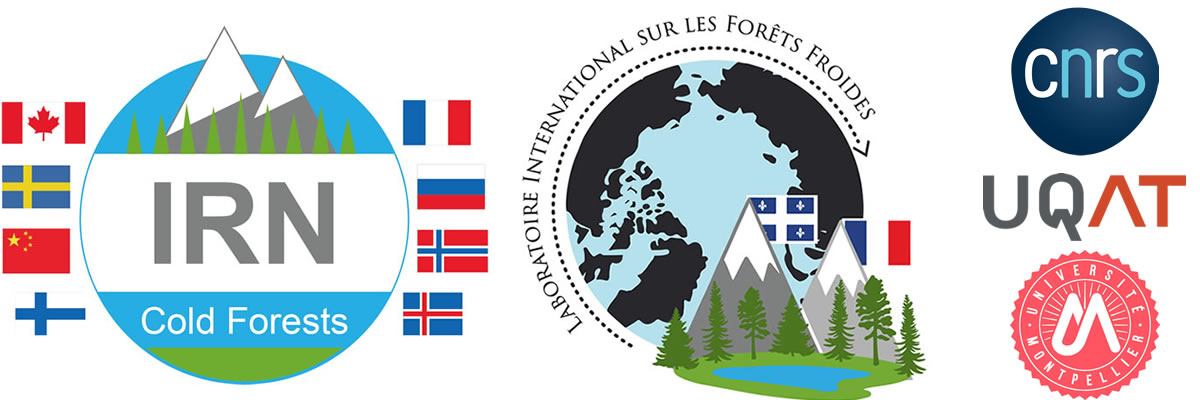Research theme on forest dynamics
Theme 3.1 Reconstructing paleovegetation
► Didier Galop (GEODE, France), Martin Lavoie (CEN, Canada) & Sébastien Joannin (ISEM, France)
► Theses involved: Barhoumi Cheïma, Landry Chiarello & Gwenaël Magne
Pollen analyzes will be conducted on lacustrine sequences to obtain a minimum average temporal resolution of 50-100 years. This data will provide information on the long-term natural dynamics of vegetation during the Holocene in response to changes in climate and disturbances.
It is important to emphasize that climate can directly affect the fire regime or indirectly by modifying the quantity or quality of fuels (Hu et al. 2006; Higuera et al. 2007, 2009). In addition, effects of fire on vegetation (Overpeck et al. 1990; Genries et al. 2009; Blarquez and Carcaillet 2010) can amplify the effects of climate through feedbacks.
Macrofossil analyzes will be performed at high stratigraphic resolution (every 2 cm), in parallel with pollen analyzes. Vegetation transformations can occur at the local level, particularly in response to disturbances, without being recorded in pollen data (Ali et al. 2008). Macrofossil and pollen analyzes are therefore complementary and truly indissociable to characterize optimally the changes in vegetation over time.
Theme 3.2 Climate changes & forest ecosystem dynamics
► Annika Hofgaard (Norway), Francine Tremblay (Canada), and Alexander Kryshen (Russia).
► Thesis involved: Jørn Olav Løkken
Due to their characteristics (growing season, temperatures, soil, etc.), ecosystems at high elevations and latitudes are very sensitive to climate change and are therefore excellent study areas to track the impact of global warming on forest dynamics and biodiversity.
In this line, we will deploy approaches combining functional and genetic trait analyzes to characterize the impact of increasing temperature and drought on the plasticity of trees, and the diversity and resilience of forest ecosystems.

